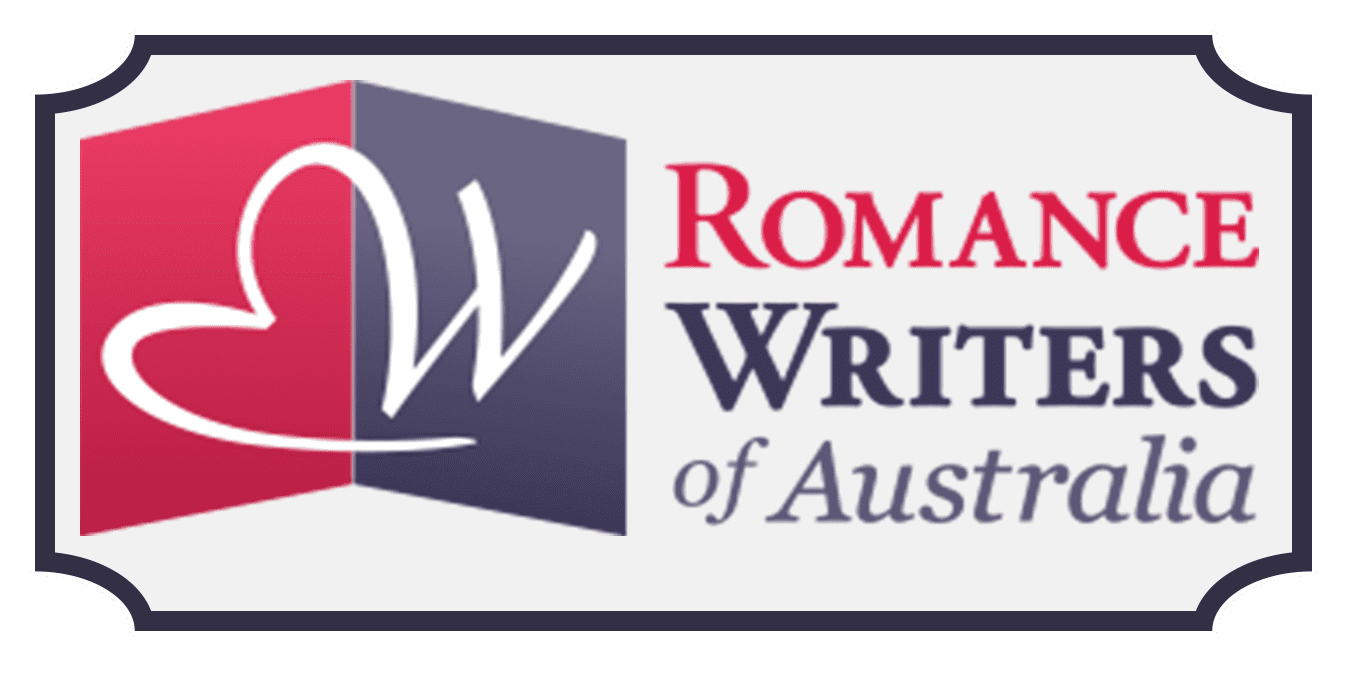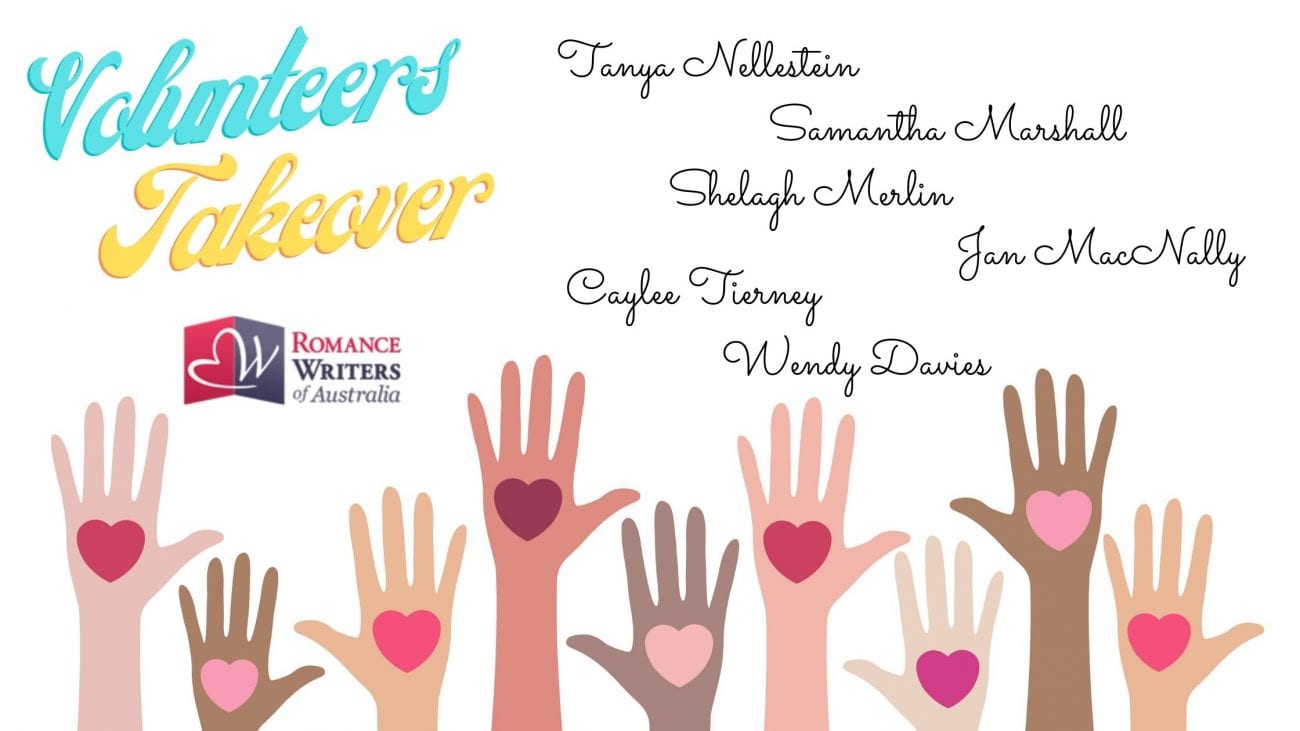I’ve worked as an editor on all sorts of documents. And now I write romance stories, something that sounds easy, but isn’t. And I’ve made all kinds of mistakes while creating and then editing my stories. So, in the hope you can learn from my missteps, I’ve outlined some of the pitfalls I’ve encountered, along with suggestions on what to do.
One niggly pitfall that’s difficult to overcome…
One of the first things I discovered when I transitioned from being an editor into a romance writer was I can’t see my own mistakes.
Editing my own writing is like suddenly going blind. Pesky little (and not so little) mistakes just seem to disappear. They blend in, hiding in plain sight. So, what’s going on? Why can’t I see my own mistakes? Because that sounds like I’m not much of an editor, after all, doesn’t it?
The only explanation that makes sense is because it’s my story. I know what I mean. It’s right there in my head. So, it doesn’t matter how careful I am, I still see what I expect to see. I’ll always see ‘through’ even if I spell it as ‘though’. Spell check won’t pick it up. Both are correct. But one is the right word, the other totally wrong. And most of the time I don’t even see that pesky missing r, no matter how many times I go over my work.
I know I’m not alone. In fact, I’ll be bold and say no-one can edit their own work successfully. I can almost guarantee there’ll still be heaps of silly little mistakes that slip through without notice.
Suggestions that might help:
- Leaving things for a while can do wonders.
When you come back to your writing after a year, a month, or a week or so, you’ll view your words like any other reader. That’s because the time spent away from your wonderful story – which must be long enough you’ve forgotten your original intention – might give you the new perspective you need to “see” your mistakes. No guarantees though. - Ask that annoying friend and/or relative who always points out all the errors in road signs and shop windows to help.
Sure, they’ll be as smug as all get out highlighting all your mistakes while you’re hiding in the corner, rocking back and forward, groaning loudly. That’s fine. Thank them politely, even if you are imagining the best way to horribly maim or destroy them. - Embrace the Read-Aloud function in Word.
Yes, I know it’s the most boring electronic voice you’ll ever encounter, but hearing your words read out loud uses another part of your brain. A practical example: In my last novel, I used this before sending it off to my critique partner for comment. Low and behold, I discovered an embarrassing number of mistakes – from missing commas and full stops right through to wrong or missing word/s. Even after all that, when my critique partner read my story, they still found four or five errors, so it’s not totally foolproof. Even so, four or five small errors over 75,000 words is an excellent result.
This pitfall may leave you disheartened…
The second thing I discovered is I’m often blind to plot holes and inconsistencies within my own writing. This is especially so if we’re talking about first drafts.
Don’t get me wrong. I LOVE first drafts. Because if you’re anything like me, this is where you’re discovering the story, getting to know your characters, and allowing them to take you on a wild journey mining the depths of their inner beings. Creating a first draft is the only time I’ll ever have god-like superpowers, and that’s an addiction I never want to give up.
But once that first draft is done, then what? Yeah, you can sit back basking in the glory of your wonderful story, right up until someone proceeds to pull the thing apart, scene by agonising scene. It’s heart-breaking when all the now-obvious plot holes are pointed out. And, as any writer knows, you don’t want your reader so confused they throw your book across the room swearing they’ll never read anything by you again.
Thankfully, there’s a few tricks to help discover these…tiny little omissions…all on your own, well before your readers get anywhere near your story.
- When going over your first draft, act like a forensic scientist, constantly looking for inconsistencies in your story. Things like one moment a character has blue eyes, half a book later they turn into brown; at the start of the book your main character is nervous and timid and half-way through they’re someone who won’t back down from anything; or their name changes from Sally to Sandra. This last bit is surprisingly easy to do. You’d be surprised how common it is, and the poor author is none the wiser until a friendly editor like me points it out. That’s when harsh words and tempers fly, let me tell you.
- Try creating a scene map.
This is particularly helpful for those who think visually, where one scene leads to another. When I do this, I use Excel but whatever works for you is fine. You don’t have to do this before you write your story. In fact, sometimes it’s better to do it after you’ve finished the first draft.
Basically, you create an outline your story: what happens, who’s involved and the time it happens –something especially useful for crime, thrillers, or time-critical stories. Be brief; and get to the heart of each scene and why it’s in your story. You’ll soon realise which scenes are essential, and which aren’t. Adding, deleting, and moving things around becomes much easier.
For example, in good enough for love there’s a scene where the hero stands by his parents grave pondering his life choices. The scene starts with him on his own, but his uncle (and father figure) arrives towards the end. But in the first draft it didn’t exist. As I was mapping my story, I realised this was a turning point for my hero. It’s where he finally comes to terms with his past and decides he’ll confront the heroine no matter what. So, I needed to add a scene so my readers could get inside my hero’s head, to see and feel his emotions while he was making this crucial decision. Including this one scene made the whole story so much more satisfying.
- For those who think more literally, try creating a chapter-by-chapter breakdown of your story. Like the scene map, it’ll show when things don’t make sense; or stuff just happens; when your character acts inconsistently or oddly. Sure, it’s a lot of work, but well worth the effort.
When I tried this with my current (unpublished) novel, I hadn’t finished writing it. So, of course, I had no idea how it was going to end. But outlining my story chapter-by-chapter did highlight everything that needed fixing to make my story flow logically and believably. For example, I needed a good reason for why my heroine was kidnapped, which happens right at the start. Also, my hero needed a logical and sensible reason for keeping her under surveillance. Something a little better than “because he needs to”, which is how I initially responded. No. What I needed was something that not only made sense but was consistent with how my characters viewed the world. So, knowing those big, huge flaws were there, and how I ended up resolving them, changed the entire story, and made the ending so much easier to write, too.
Yes, editing your story is something you need to do. But you need to understand your limits, and that you probably won’t ever have an error-free manuscript. That’s why we have second and third drafts—to hone and craft a story people want to read.
I also recommend obtaining acritique partner or joining a writers group. Not only do they cheer you on, but they also help you see where your strengths lie, and where you can do better. You learn a lot by reading other people’s writing; especially when your expected to give intelligent and helpful feedback. Your critique partner or writer’s group should honestly and fearlessly give you suggestions for improvements. They should support you and encourage you to do better, to strive for your best potential. Finding a critique partner or writers group, one you can trust, isn’t easy. So, keep at it until you find the right fit for you and your style of writing.
Naturally, you could engage an editor like me, someone who can comment on the structure of your story and give suggestions for improvements. But editor’s cost money, so maybe leave this until you’re about to submit your manuscript to a publisher or enter a competition.
About Good Enough for Love

Moving to the country challenges everything she knows…
When Amber Hutchinson inherits a country hotel, she plans to do it up, sell it, and move on. After all, living in the country never featured in her plans. That is until she comes across a handsome local sheep farmer.
He always tries to do the right thing…
When Zach Wentworth comes cross a gorgeous, blond-haired woman stuck in his hometown’s hotel window, trying to break in, naturally he tries to find out what’s going on.
Without the hotel, Willow’s Bend is likely to die a slow death. So, Zach does whatever he can to secure his town’s future. But doing the right thing means risking his heart. Again. Amber’s determined to make the hotel into a thriving business once more. On her own. She has little time for her growing attraction to Zach. Something she’s desperately trying to ignore because she knows it won’t last.
While the town gossips eagerly discuss every interaction between them, Amber and Zach must choose between protecting their hearts and taking a chance on love.
About Wendy Lee Davies

At heart, Wendy is an editor. She’s worked on all sorts of professional and business documents, from writing instructions on how to use a computer program through to being responsible for hundreds of pages of website content aimed at parents who have children attending government schools.
Wendy won the 2017 Romance Writers of Australia Emerald Award and she self-published this story – a small-town contemporary romance renamed to good enough for love – in 2018. Two of her short stories are also included in the 2019 Spicy Bites–Masks and in the 2020 Sweet Treats–Cupcakes anthologies.
She enjoys cycling and often heads off on one of the bike paths nearby on her pedal-assist electric bike. She makes her own jewellery. She also loves travelling and taking mostly landscape photographs, and the odd portraits too. However, most of her time is spent writing romances that always end happily.
Website: https://www.wendyleedavies.com
Facebook: https://www.facebook.com/wendy.davies.5688
Goodreads: https://www.goodreads.com/wendyleedavies
Instagram: https://www.instagram.com/wendyleedavies/

